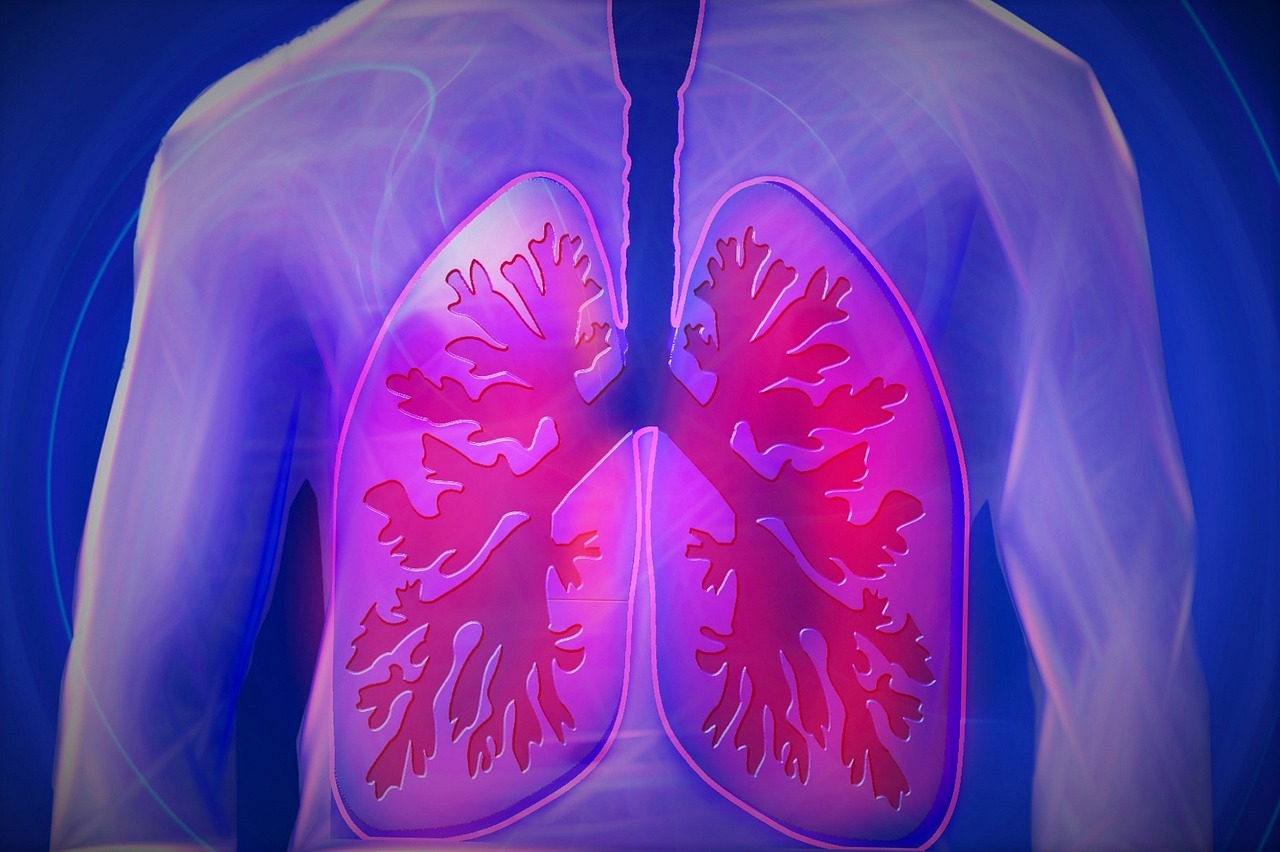
Added Care May be Needed with Spinal Muscular Atrophy in Seniors
Spinal muscular atrophy, or SMA for short, is a genetic disease that affects the central nervous system, peripheral nervous system, and voluntary muscle movement, AKA skeletal muscle, according to the Muscular Dystrophy Association. For many people, spinal muscular atrophy begins to show up at birth or in early childhood, but some forms of the disease begin in early to middle adulthood, with age of onset playing an important role regarding the severity of the disease. However, despite when an older adult first notices symptoms, added care is necessary in their later years. August is National Spinal Muscular Atrophy Awareness Month and we are taking this time to recognize the disease, its effects on seniors in end of life care in Santa Clara and elsewhere, and the extra care that is required.
SMA, classified as a motor neuron disease, involves the loss of nerve cells known as motor neurons within the spinal cord. Most of the nerve cells responsible for controlling muscles are located in the spinal cord (referring to the word spinal in the disease name), and the disease contains the word muscular due to its primary effect on muscles, which can’t receive signals from those nerve cells. Atrophy essentially means “getting smaller,” which is what happens to muscles when they fail to be stimulated by nerve cells.
The earlier that the age of onset is, the greater the impact is on motor function. Children who have symptoms at birth or as babies usually have the lowest level of functioning (known as type 1). Later-onset SMA has a less severe course (types 2 and 3 for teens or type 4 for adults), correlating with higher levels of motor function. It’s a genetic condition affecting the muscles that causes weakness and atrophy, which can lead to loss of control over muscle groups, which leads to loss of control over walking, breathing, swallowing, and even neck control.
Caring for Seniors with SMA
Awareness is the first effective tool you will have as the caregiver of a senior loved one who has this disease. By familiarizing yourself with the disease, you are able to react quickly to new challenges and demands in an effective, personalized way that gels with your loved one’s care goals, whether that affects your aging parent, a spouse, child or other family member. If your loved one is in hospice, they will have access to a care team well versed in caring for seniors with spinal muscular atrophy. Although there is no cure for this progressive disease, the care team will develop a medical management plan to keep the patient comfortable.
Common symptoms of SMA include the following:
Respiratory Muscle Weakness
This is the most common cause of death in SMA types 1 and 2. When the respiratory muscles start to weaken, air can’t move into and out of the lungs well, bringing adverse effects to general health. Signs and symptoms of weak respiratory muscles include headaches, insomnia, excessive yawning during the day, excess sleepiness in the daytime, poor concentration, chest infections, difficulty laying flat, and eventually respiratory failure and heart damage. Portable ventilation devices can be used in this instance, specifically non-invasive ventilation, which means that air is delivered under pressure through a mouthpiece or mask and can be removed when eating, drinking, and communicating. If that is not sufficient, a tracheostomy tube is recommended.
Other respiratory care options with SMA include clearing respiratory secretions to prevent infection, particularly with an insufflator-exsufflator, which applies positive pressure to the airway followed by a rapid reversal to negative pressure to simulate a natural cough.
A high-frequency chest wall oscillation device may also be used, which will rapidly inflate and deflate, vibrating the chest to create “mini-coughs” that will dislodge mucus. Flu shots are also recommended for anyone with SMA, to prevent respiratory infections.
Swallowing Muscle Weakness
Many seniors with SMA have trouble swallowing and sucking, which can lead to dehydration and poor nutrition, as well as obstruction of the airway and respiratory infections due to inhaled liquids or foods. Feeding tubes can be used in extreme cases.
Support Tips
There are many ways caregivers can provide support for someone with SMA:
- Provide physical support: Seniors with SMA have increasing mobility challenges as their muscles weaken, putting them at greater risk of falling. Provide physical support to help them maintain their activity levels while staying safe.
- Encourage physical therapy: This can be very helpful, especially when dealing with spine curvature. These exercises can help them stay active, avoiding pain from the muscle and tendon contractions that occur.
- Address respiratory issues. Many seniors with SMA have respiratory muscle problems, such as difficulty breathing and swallowing. There is a high risk of choking due to aspiration, as well as a higher risk of developing pneumonia.
Contact Pathways Home Health and Hospice
Our hospice care team has experience caring for patients with SMA. Rest assured, you’re in good hands with us. To learn more, contact us at 888-978-1306.

